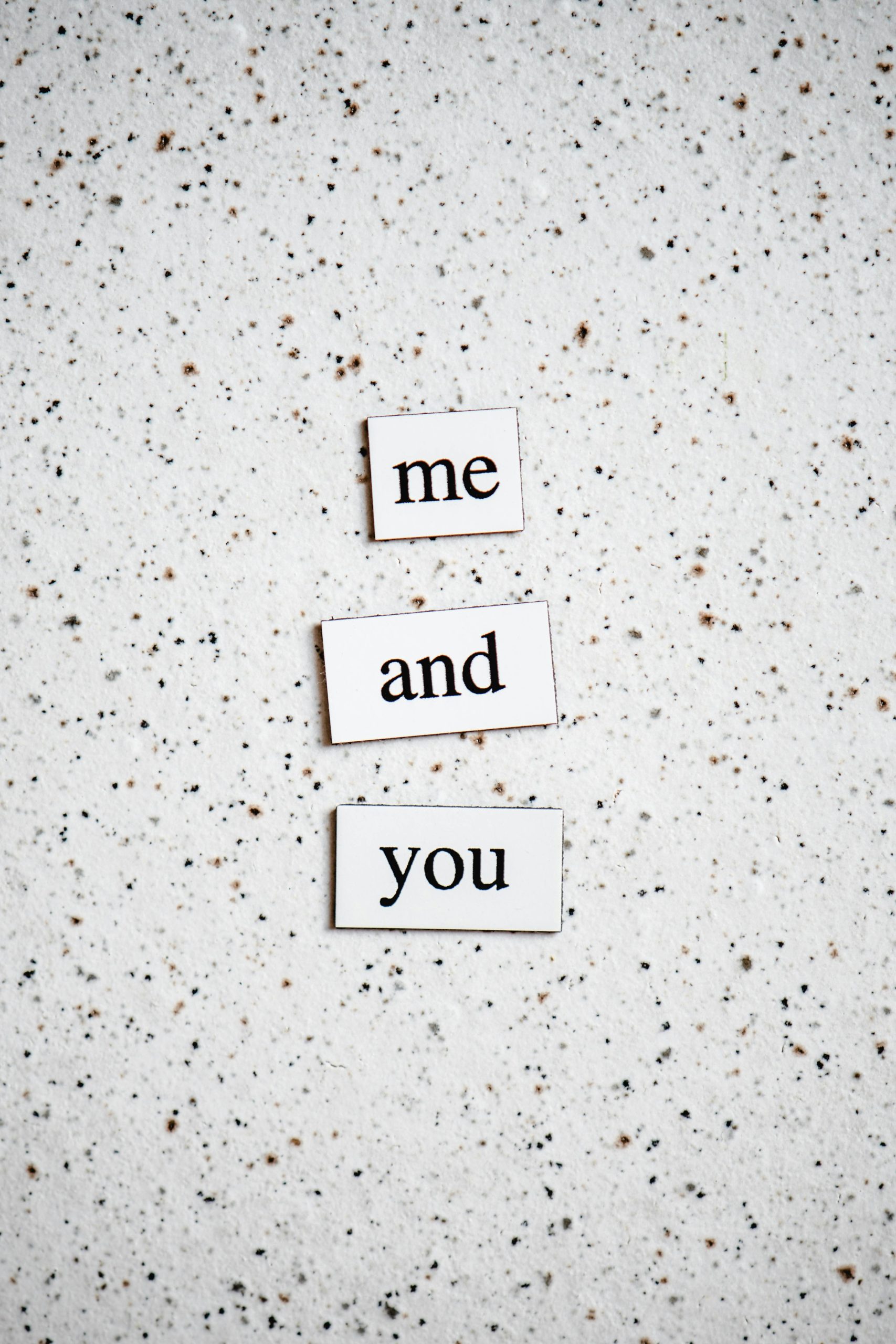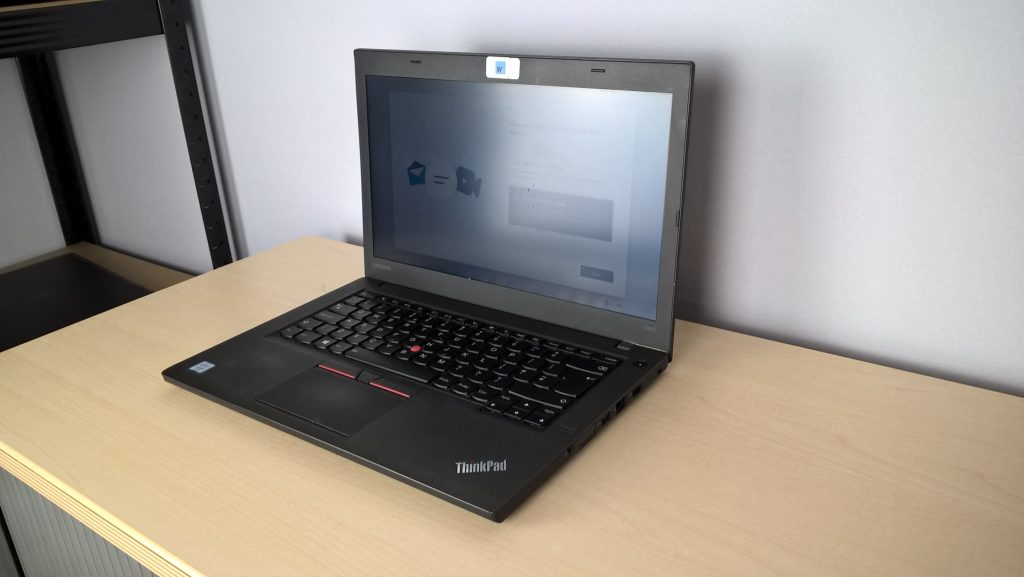The Surprising Treasure of My Junk Drawer
We’ve all been there: diving into the depths of a cluttered junk drawer, searching for that one elusive item. However, I recently stumbled upon a hidden gem—6.6TB of hard drives! Amidst the miscellaneous collection of forgotten odds and ends, it was an electrifying discovery.
As I excitedly examined my bounty, a daunting realization struck me: I had no idea where the necessary cables for these hard drives were! It’s a classic case of misplacing the very tools needed to unlock buried digital treasures.
Still, all was not lost. Among the chaos of tangled chargers and random batteries, I discovered one small victory—I could access an SD card. While it may not hold the same capacity as my newfound hard drives, it serves as a reminder that sometimes, treasures come in unexpected sizes.
This experience has inspired me to take a closer look at my home organization practices. Perhaps it’s time to sort through this miniature archaeological site and create a more functional space where every item has its place. After all, who knows what other gems are hiding in the clutter?
So, the next time you dig through your own junk drawer, remember: it might just hold a surprise waiting to be rediscovered.
Share this content:




Hi there,
It sounds like you’ve made an interesting discovery in your junk drawer! Regarding your hard drives, if you’re looking to identify or connect them but lack the necessary cables, here are a few steps you can consider:
Hope this helps you revive and explore your storage treasures. If you need further assistance with specific hardware or data transfer issues, feel free to ask!